ST. GEORGE — A bumble bee clings to a flower in the dim evening light. It’s exhausted after a hard day’s work. It doesn’t seem to mind the camera clicking quietly around it, but when the lens bumps into yellow petals, the insect lifts one of its middle legs – its way of saying it’s time to move on.

Encounters like these are becoming less common, but Southern Utahns can help by participating in the Utah Pollinators Pursuit project, a multi-agency push to collect information about local pollinators and their habitats.
The four-year-old project was a collaborative effort by the Utah Division of Wildlife Resources, Sageland Collaborative, Utah State University, and Wild Bee Project.
There are petitions for various pollinators, including monarch butterflies and the Western bumble bee be added to the Endangered Species act, which is expected to be decided in 2024, Amanda Barth said.
Barth works as a rare insect conservation coordinator with Utah State University’s Wildland Resources Department and partners with the DWR for insect-related work.
The initiative is working to prevent endangered species listings, support delistings where possible and make informed management decisions on conservation, according to an article published by the DWR.
Sageland Collaborative, formally known as the Wild Utah Project, supports the project by connecting the community science efforts of the Utah Pollinator Pursuit with its “extensive network of motivated volunteers,” Barth said.

The project is “totally reliant” on volunteers who contribute their sightings, which enables the group to form a statewide picture of bumble bees and monarch butterflies each year. but a major challenge to insect conservation is not having the data needed to inform what work needs to be done, Barth said.
“So this really helps us stretch our small resources to take the kind of conservation actions that we need,” she said.
To participate in the initiative, Barth said individuals should download the Survey123 app on any GPS-enabled device, such as a smartphone or tablet, or they can submit photos on their desktop browser.
Photos are required for submissions so experts can confirm the species’ identities and confirm sightings. Barth suggests observers take a video and screenshot three images of a bumble bee’s back, head and rear so that it can be accurately identified based on its pattern and appearance.
Pollinators
Pollinators keep nature’s ecosystems healthy and promote genetic diversity in plants, Barth said. Bees are especially efficient at moving pollen because they collect and eat it. Other critters, such as butterflies, flies, wasps and beetles move pollen from flower to flower but do so less efficiently than bees.

“Because these animals generally fly, they’re really good at moving genetic material around between different plants and helping them reproduce,” she said.
Many plants require pollination to reproduce and while generalist pollinators can “sample anything at the buffet,” some plants rely on specific pollinators that are specialized in their pollen or are active when their flowers bloom.
“So there’s a lot of really close relationships between specific pollinators and specific plant species,” Barth said.
Pollinators also support human food resources. Excluding corn and other grains that are wind-pollinated, most fruiting plants rely on these insects. According to the United States Department of Agriculture, approximately 35% of the world’s food crops depend on animal pollinators.
“Pollination is just kind of vital to our existence on the planet,” Barth said.
Bumble Bees

The group is seeking photos of all species of bumble bees, especially the Sonoran bumble bee, which is active in Washington County from August to October.
The species is “fairly large, very furry,” with black and yellow coloring and is active later in the year than most others, Barth said.
“We have nearly no records for this bumble bee and it is declining in numbers throughout the rest of its range,” she said. “So the more we can learn about when and where they appear in Utah the better.”
Sonoran bumble bees are found on fragrant smelling flowers, like Russian sage, lavender, sunflowers and daisies, Barth said.
Tired bumble bees, or those caught outside the nest when the temperature cools, also can be found clinging to plant stems, resting beneath the petals or sometimes inside flowers.
Other species that are potentially declining, such as the Morrison’s bumble bee are “wrapping up” their annual cycle and their colony sizes are beginning to shrink. Because of this, viewers are most likely to spot males and queens as their season ends, she said.

There are about 22 species native to Utah historically and they can be found in various environments, including sagebrush steppe, desert and subalpine meadows and forests. Rare species, like the western bumble bee, can be found in alpine areas.
According to Almanac, bumble bees rarely sting and are “generally very docile.” Only female bumble bees have stingers, which lack barbs, so they are not left behind.
“But they are so good-natured that getting a female to sting you is a major undertaking,” the website states.
Bumble bees will warn a person before it stings by lifting up a middle leg to indicate her annoyance. Additionally, the insects typically will not become aggressive unless they are defending their nest.

Though bumble bees “play a critical role in pollination,” western species have declined by an estimated 41%, according to the Utah Pollinator Pursuit’s “Bumble Bee Conservation” webpage.
The insects are at risk due to habitat loss, pesticide use, land development, warming temperatures and severe drought, among others.
“Due to this dangerous decline of bees, more and more petitions are being filed for bumble bees to be listed as endangered under the Environmental Species Act,” the site states.
To this end, the project asks volunteers to collect data that would help scientists and decision-makers answer “key questions” about local species of bumble bees and butterflies, according to the website.
“That means a lot of data, and quickly—which is where community science comes in,” the page states. “The hard work of community scientists will help scientists discover where to prioritize habitat management, restoration, and creation, especially for species that are widespread across the state.”
Butterflies

The project also seeks photographs of monarch butterflies at all life stages: eggs, caterpillars, chrysalids and adult butterflies, Barth said.
“We’re trying to get a better idea of where monarchs are using available habitat around rivers and wetlands in the late summer to fall months,” she said.
Monarchs, like many other butterfly species, are also in decline, the Utah Pollinator Pursuit states on its webpage concerning butterfly conservation.
The monarch butterfly has been impacted by habitat loss, herbicides, pesticides, climate change and drought, according to the site. Additionally, reduced numbers of host and nectar plants, primarily milkweed for monarchs, have contributed to the butterfly’s decline.
When the project started, the group was using community science data in Utah to understand what role the Utah landscape played in supporting the Western monarch population, Barth said.

Multiple states collaborated because monarchs are present throughout North America. Once a species is protected by the Endangered Species Act, the impact will be felt across the continental United States due to the insect’s expansive range.
Community scientists who participate in the project can collect additional data on monarch numbers, locations and breeding habitats of the butterflies found west of the Rocky Mountains.
Participants are also encouraged to search for small, rare species of butterfly, such as the desert green hairstreak, Ellis’ dotted blue and the silverspot butterfly. Images of each species can be found in the “Rare Butterfly ID Guide,” available on the Utah Pollinators Pursuit’s website.
“They’re rare, so any kind of sighting of those would be like little unicorns,” Barth said.
The desert green hairstreak is a nickel-sized insect found in higher-elevation sagebrush scrub and pinyon or juniper forests. Barth said St. George is an important place to look for those “pretty little green butterflies.” They begin to fly from September into the fall months.

Ellis’ dotted blue are dime-sized, can be found in dry, rocky sagebrush scrub and are active from about mid-July to early September, according to the guide.
Dotted blues are currently active and looking for crispleaf buckwheat to lay their eggs, Barth added, sharing information given to her by Robb Hannawacker, a park guide with the National Parks Service.
Both the hairstreak and dotted blue rely on buckwheat as a larval food source.
Silverspot butterflies are found in high elevations meadows or seepage areas near streams in Eastern Utah from late July through September, according to the guide.
They are beginning to emerge in wetlands and seek bog violets to lay eggs and feed their larva. Additionally, Hannawaker said the butterfly is pending a United States Fish and Wildlife Service listing, according to an email sent to St. George News by Barth.
The Survey123 app can be downloaded from Google Play here and Apple’s app store here. To find volunteer resources, app instructions, butterfly and bumblebee identification guides and video guides, click here.
Photo Gallery
Two northwestern fritillaries which are in the same genus as the silverspot butterfly and look similar, highlighting the importance of accurate identification, near Cedar Breaks National Monument, Utah, July 23, 2018 | Photo by Alysha Lundgren, St. George News A bumble bee and a northwestern fritillary, which is in the same genus as the silverspot butterfly and look similar, highlighting the importance of accurate identification near Cedar Breaks National Monument, Utah, July, 23, 2018 | Photo by Alysha Lundgren, St. George News A Morrison's bumble bee near Coal Creek, Cedar City, Utah, April 29, 2018 | Photo by Alysha Lundgren, St. George news A Morrison's bumble bee near Coal Creek, Cedar City, Utah, April 29, 2018 | Photo by Alysha Lundgren, St. George news A Morrison's bumble bee near Coal Creek, Cedar City, Utah, April 29, 2018 | Photo by Alysha Lundgren, St. George news A bee on a flower near Cedar Breaks National Monument, Utah, Sept. 2, 2022 | Photo by Alysha Lundgren, St. George News A Hunt's bumble bee on a flower near Cedar Breaks National Monument, Utah, Sept. 2, 2022 | Photo by Alysha Lundgren, St. George News A Hunt's bumble bee on a flower near Cedar Breaks National Monument, Utah, Sept. 2, 2022 | Photo by Alysha Lundgren, St. George News An Ellis's dotted blue, date and location not specified | Photo courtesy of Robb Hannawacker, St. George News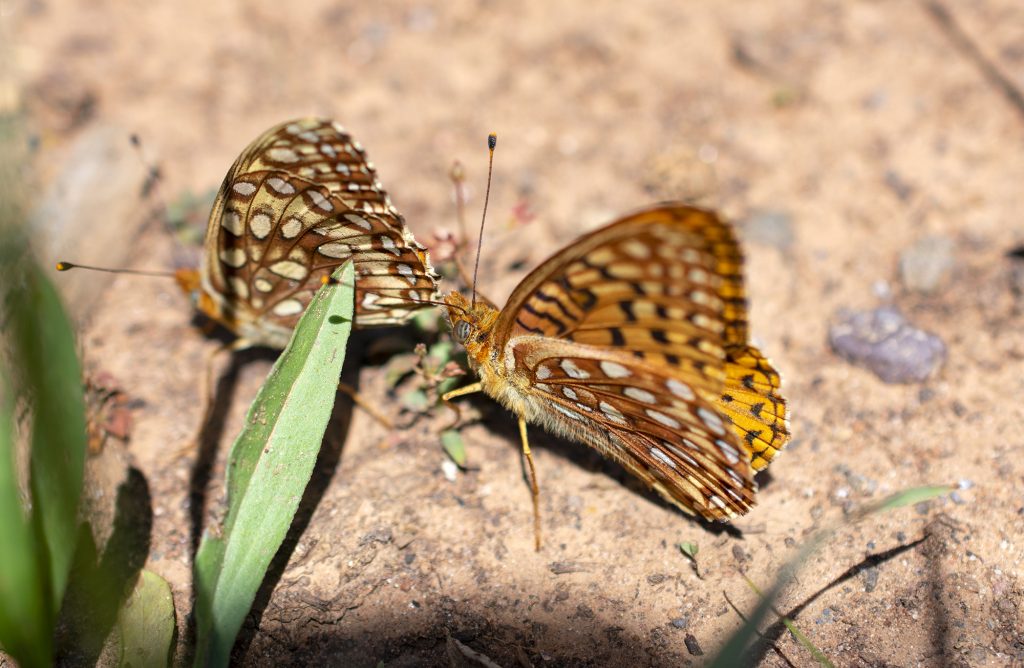

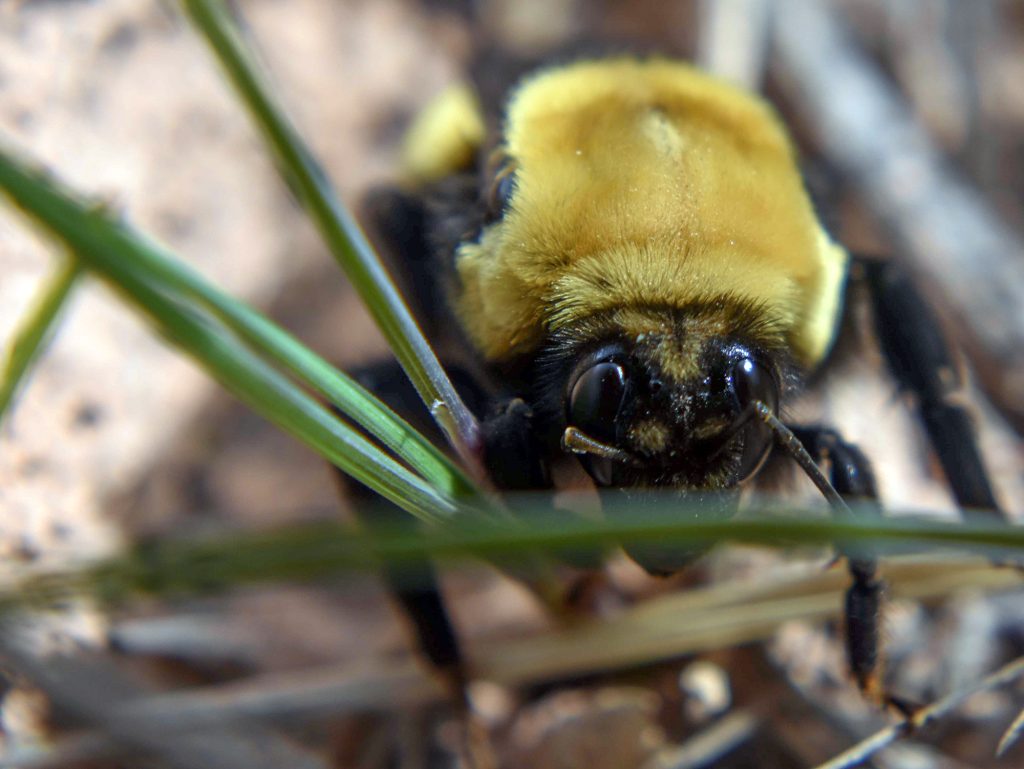
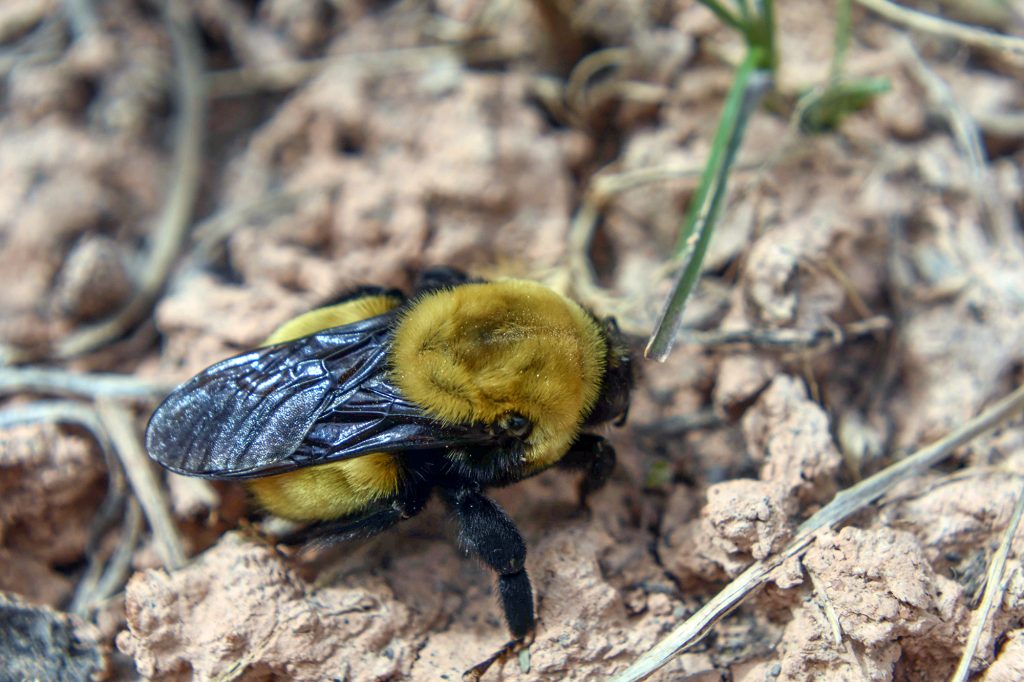
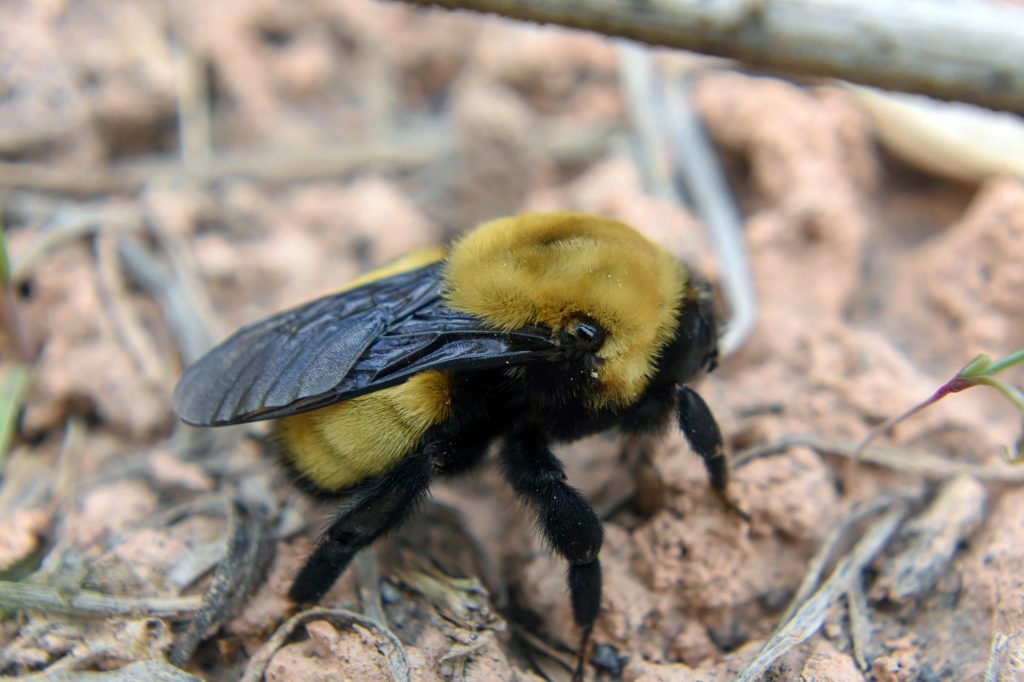


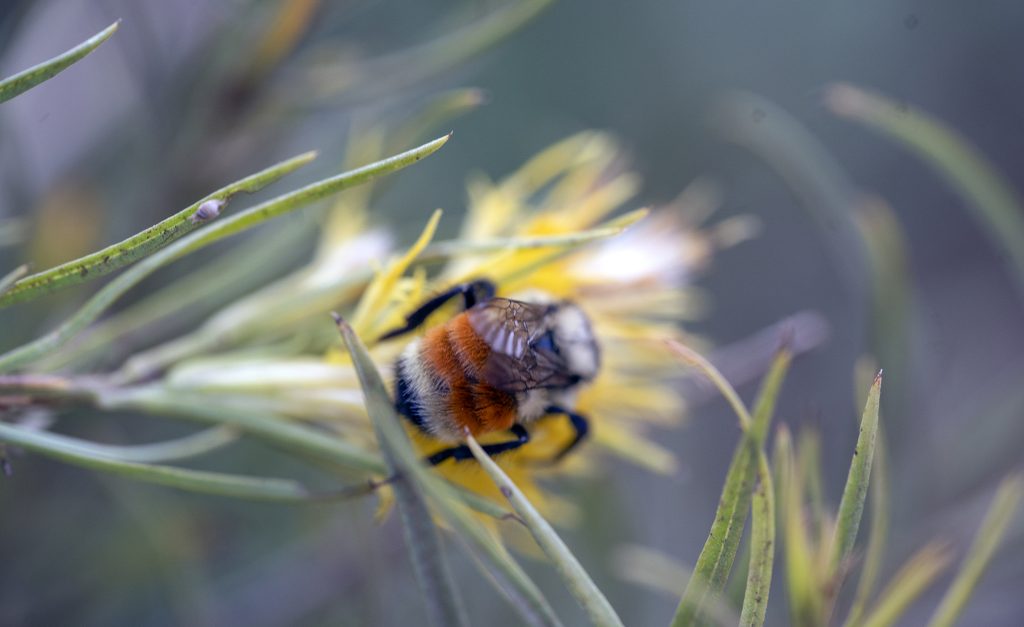

Copyright St. George News, SaintGeorgeUtah.com LLC, 2022, all rights reserved.



